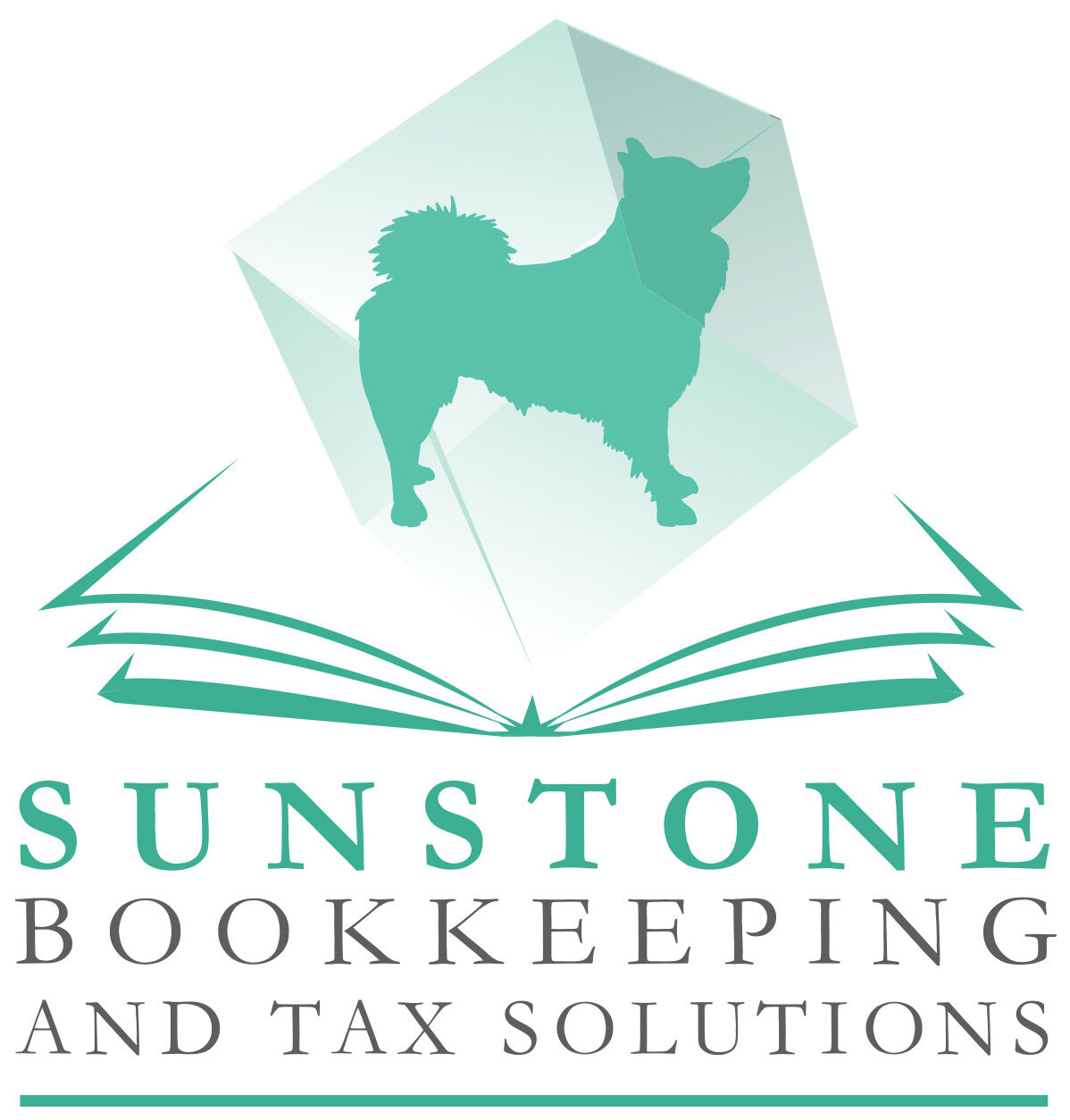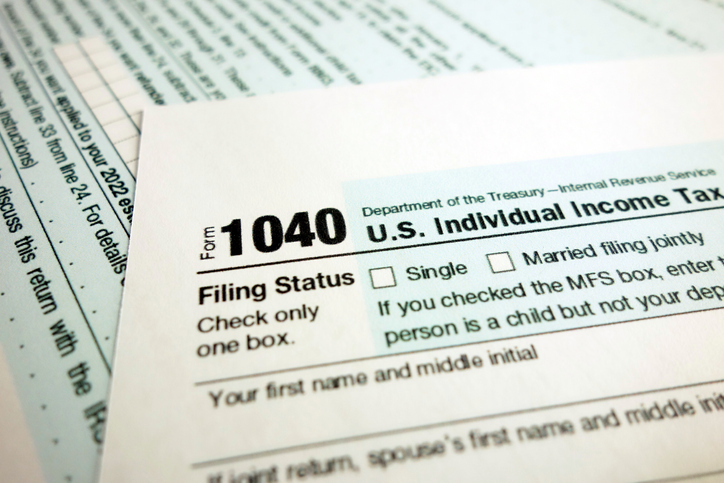
What we know:
According to the non-partisan Congressional Research Service article dated October 20, 2022, discussing IRS funding in the Inflation Reduction Act, Congress authorized an additional $79.6 billion over regular annual appropriations for the IRS to improve taxpayer services and enforcement. The funding is available through 2031.
The allocation of the funding includes the following increases: 69% for Enforcement, 53% for Operations Support, 9% for Taxpayer Services, and 153% for Business Systems Modernization (all relative to prior projections).
Why it matters TO YOU:
COVID derailed IRS initiatives to pursue non-filers as it was swamped with a succession of changes in the tax code while struggling to move staff into remote work. New funding and normalization of operations means those initiatives are back and better funded.
On top of that, the other areas of increased funding should lead to a more efficient IRS. That’s good if you need a question answered or refund processed, but it also means they’ll do a better job a catching non-filers and under-reporters.
If you are out of compliance in filing your taxes, we’re here to help. For a deeper look, read on:
More details:
Let’s first explain our headline for this article. It’s common to see articles labeled “Things You Should Know” or the like, and it’s tempting to assert one’s insight and superior knowledge with such a lead-in. However, when managing financial risks, we feel it’s better to take a bit more cautious approach of surveying both the hard facts (e.g., the IRS has almost $46 billion in new money for enforcement coming its way) and the more nebulous implications (e.g., who are they targeting) to arrive as an assessment of what are reasonable concerns to have and actions to take.
We’ll return to Enforcement spending in a bit, but first let’s look briefly at the other items.
Operations Support includes routine costs like rent, information technology, printing, and postage. In other words, routine business costs, because even the IRS has to deal with increasing expenses.
Taxpayer Services includes items like processing of filings and refunds, phone support for taxpayers, and education. With a return backlog of 13.3 million and only 18% of phone calls answered at the end of 2022’s filing season, the necessity of this funding in order for you to get a refund processed or a question answered seems self-apparent to us, and we all should welcome it.
While the percentage increase for Business System Modernization looks big, the actual amount of $4.8 billion is small relative to the overall package, but hopefully will fuel an improvement in processing speed and fewer errors.
Reflecting on these allocations, we can hope for better service to taxpayers, but let’s also be clear: a more efficiently operating IRS means the agency will likely do a better job of monitoring for fraud and non-compliance as part of its routine operations. Improved systems probably will more accurately track and match informational returns like W-2s and 1099s to income tax filings and spot those who aren’t filing or failing to report their full income.
Now, let’s talk about enforcement.
The $45.6 billion for enforcement sent some people all a-titter about “87,000 armed agents coming for you” or similar nonsense. This is clearly untrue and has been roundly debunked. The 19% decline in the inflation-adjusted enforcement budget between 2010 and 2019 has probably aided tax evasion to the tune of an estimated annual unpaid “tax gap “of $600 billion a year according to the US Treasury in 2021. It is worth noting that almost a third of the “tax gap” is generated by the top 1% of income earners.
Importantly, the decline in funding drove a 40% reduction in non-filer investigations between 2010 and 2018 which allows that “tax gap” to persist. As a result, the IRS announced an initiative in 2020 to pursue “high income” non-filers, defined as those with income over $100,000. In May of that year, the IRS claimed to have identified over 10 million non-filers.
Strategies for the initiative included:
- Automated substitute for return: if you didn’t file and the IRS has your income information (W-2s, 1099s, K-1s etc.) they’ll make a return for you. Based on examples of such returns, you can expect no favorable treatment from these. So, they create your return, bill you for any taxes due, and start the clock ticking on penalties and interest.
- Increased case creation: in other words, putting more people on the job of finding non-filers and looking to collect.
- Automated employment tax compliance program: using algorithmic alerts, employers would be alerted to potential employment tax problems.
- Delinquent Return Refund Hold: you haven’t filed at some point in the last five years? Guess what? They’ll hold your refund until you fix that.
The events of 2020-2021 crippled that effort as the IRS struggled to manage the flood of emergency tax measures and diverted its resources to that end. With normalization of tax policy and increased funding, that 2020 initiative is getting a massive boost. The automated employment tax compliance program had letters going out this past summer.
Also, for what it’s worth, it appears state tax agencies are seeking to piggyback on the IRS effort to find their own non-filers.
What you should be thinking about:
If you are in that “high income” bracket, you should be thinking about being sure you’ve filed all your returns. (Special note: if you receive most of your income through self-employment, the IRS is looking at that top-line 1099 or K-1 number and not thinking about your expenses.) If your income makes you a high value target, an investigation or audit may be in your future.
If you aren’t in that “high income” bracket, you should also be thinking about being sure you have filed all your returns. While you might not be the focus of the enforcement initiative, you might just be noticed with improved systems and staffing and have an automated substitute return in your future. More importantly, many non-filers outside the “high income” bracket are actually owed refunds and there is a three-year deadline from when the original return was due to claim it.
If you wait for the IRS to create a substitute-for-return for you and then seek to file an amended return, you should be aware that your amendment is likely to be very closely checked to see if it matches the information they used.
No matter your income bracket, coming into filing compliance is in your best interest. Tax years with unfiled returns remain open indefinitely to investigation, whereas filing starts the clock on the statute of limitations. Filing is a good way to prevent or become aware of identity theft. Also, the sooner you come into compliance, the sooner you limit the possible penalties and interest that you could be facing if you owe taxes.
If you haven’t filed in a number of years or have lost track of when you have filed, it’s worth setting up your IRS online account and reviewing your transcripts as a starting point. You can see what the IRS has as records of your filings, adjustment they have made to those filings, and what they have as your wages and income. Careful scrutiny of these records can give you an early warning of IRS interest in you or of identity theft.
If you are looking to come into filing compliance, it’s a good idea to seek out a qualified preparer who can efficiently help you through the rigors of:
- bringing your bookkeeping up to date,
- analyzing your tax transcript for the extent of non-compliance, errors, or identity theft,
- preparing accurate returns,
- applying for payment plans that allow you pay your bill over time,
- making offers-in-compromise if you can never hope to pay the full amount,
- seeking penalty abatements if you have good cause.
Contact us if you need help or have questions!


 In the 2020 and 2021, a very limited sense of “we are all in this together” prevailed and various tax measures were put in place to ease the pain of the COVID-19 pandemic. For 2022, most of those measures are going away, because apparently everything’s normal again or, more likely, politicians aren’t worried that economic hardship for those below the “big donor” level could cost them their positions. Below we highlight some key changes you should consider for your upcoming tax return; there are other detailed changes out there, this is not a complete list.
In the 2020 and 2021, a very limited sense of “we are all in this together” prevailed and various tax measures were put in place to ease the pain of the COVID-19 pandemic. For 2022, most of those measures are going away, because apparently everything’s normal again or, more likely, politicians aren’t worried that economic hardship for those below the “big donor” level could cost them their positions. Below we highlight some key changes you should consider for your upcoming tax return; there are other detailed changes out there, this is not a complete list.





